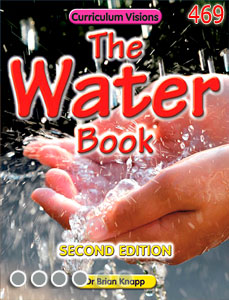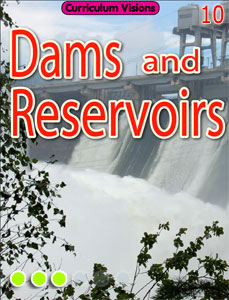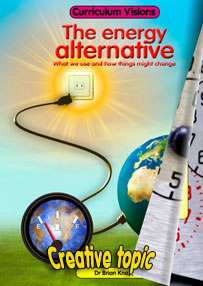Hydro-electric power means making electricity using water.
Water has energy because of its bulk and the fact that it is moving. If a river can be diverted to go through a tunnel, and that tunnel contains a turbine (a kind of waterwheel), then turning the turbine will turn a shaft. On the other end of the shaft is an electric dynamo, and that makes electricity.
Hydro-electric power (HEP) is a renewable kind of energy and it makes no carbon dioxide gas. But it can only be used where there is a large amount of water, such as on big rivers like the Mississippi, or on those with very steep courses, such as in mountains. There must also be reliable rainfall, so the rivers always contain water, or the rivers must be dammed to store water from a season of plenty to last through a drought.
Most very big dams produce HEP. The Three Gorges Dam in China is one of the world's biggest and most modern dams.






